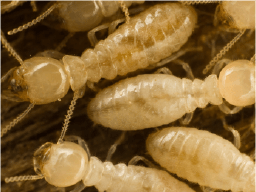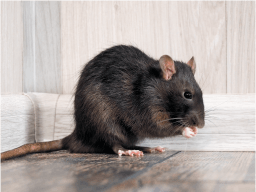Do Honey Bees Sting?
Need to get rid of bees? Read on to learn the answers to all of your important questions. Need help? Call our professionals today to get started.
Schedule Today!Stinging Bees
There are about 20,000 species of bees in the world, and only a few of them are known to sting. Most bees aren’t aggressive by nature and will only sting if provoked or feel like their hive is in danger. One of the species that is known to sting is the honey bee.
Do Honey Bees Sting?
Yes, honey bees are known to sting. Only the female bees are able to sting, however, the female bees make up the majority of the members of any colony because all the worker bees are female. Queen bees are also able to sting but primarily use their sting as a defense against other queen bees.
What Are Honey Bee Stings Like?
The sting from a bee is different from other kinds of insect bites. When a bee stings, it injects venom into its victim, however, the venom from a bee is quite different from that of other stinging insects. This is the primary reason why individuals may have very different reactions to bee stings as opposed to the sting from other insects. For instance, bee stings are acidic, while wasp stings are alkaline, producing two very different reactions in human bodies.
What Happens When A Honey Bee Stings?
Honey bees have barbs at the end of their stingers. When a honey bee sticks its barbed stinger into its victim, the stinger will get stuck. When the bee tries to escape after stinging, the stinger breaks off, possibly disemboweling the bee which leads to immediate death. The honey bee’s stinger does not stick in all animals though, so for some animals she can safely sting them and remove the stinger without killing herself.
The stinger itself is a hollow needle attached to a venom sack. When a honey bee stings, she injects venom through this needle which contains a mixture of poisons which perform many different tasks including chemicals which break down the cell membrane to cause pain; anti-inflammatories which stop blood flow from clearing out these poisons; histamines which cause the characteristic swelling, redness and itching; and even pheromones that signal danger to other bees nearby. This venom sack is attached to the stinger, so even after the bee dies her venom sack is left behind, continuing to pump poison into your system.
Help With Honey Bees In Your Home
If you are concerned about honey bees in your home, please give us a call or fill out the form on this page. PestControlExperts.com is a team of experts who are highly qualified to provide the best recommendations for you and your home, no matter which part of the United States you live in.
Call 855-891-5410














